1 Introduction
The Kodak i1860 Scanner is a high-volume production scanner which
includes image processing technology that can improve image quality
and sometimes make the reproduction better than the original.
You can use the ISIS Driver or TWAIN Data source (both are available
on the CD that is included with the scanner) or Kodak Capture Software
to enable image processing.
Other popular scanning applications are also compatible with these
scanners, however these applications may not be able to access all of
the image processing options. Please refer to your vendor’s
documentation for specific information.
The Kodak i1860 Scanner provides both color/grayscale and black and
white scanning simultaneously with throughput speeds up to 200 ppm.
About this manual This manual provides the following:
Chapter 1, Introduction includes a brief summary of the Kodak i1860
Scanner.
Chapter 2, Best Practices includes information to use when setting up
applications, recommendations on how to handle jam recoveries,
image addressing information, controlling print streams, electronic color
drop-out and much more.
Chapter 3, Using the TWAIN Data source includes information on using
the dialog boxes presented by the TWAIN Data source and an
explanation of the fields on each tab.
Chapter 4, Using the ISIS Driver includes information on using the tabs
presented by the ISIS driver and an explanation of fields on each tab.
Appendix A, TWAIN Image Processing Terminology — the TWAIN
Data source for the Kodak i1860 Scanner has been updated to include
new terminology for traditional Kodak image processing functions. See
this appendix for a comparative chart to map between terms.
NOTE: The scanned images used in this guide were selected for the
challenges presented to a typical scanner due to the low-
contrast characteristics of the images.
A-61580 October 2006 1-1
Image outputs The i1860 Scanner is a duplex scanner. This means both the front and
the rear side of each document may be captured. For each side
captured, the scanner creates a black and white and color/grayscale
image. The host application controls which of these images is
transferred to the host to be stored as an image file.
The Kodak i1860 Scanner can return black and white, grayscale or
color images to the host. Below is a description of the valid
combinations.
• Front black and white: FB.tif. This image file represents the
contents of the front side of the document using one-bit per pixel.
• Front color: FC.jpg. This image file represents the contents of the
front side of the document using 24-bits per pixel.
• Back black and white: BB.tif. This image file represents the
contents of the rear side of the document using one-bit per pixel.
• Back color: BC.jpg. This image file represents the contents of the
rear side of the document using 24-bits per pixel.
NOTE: Actual file formats are determined by the host application.
These image files can be controlled through the application
independently.
FB.tif FC.jpg BB.tif BC.jpg (
(front black and white) (front color) (back black and white) back color)
1-2 A-61580 October 2006
Another example of a simultaneous output where all four images are
returned to the host would create the following four files:
• Front grayscale: FG.jpg. This image file represents the contents of
the front side of the document using 8-bits per pixel.
• Front black and white: FB.tif. This image file represents the
contents of the front side of the document using 1-bit per pixel.
• Back grayscale: BG.jpg. This image file represents the contents of
the rear side of the document using 8-bits per pixel.
• Back black and white: BB.tif. This image file represents the
contents of the rear side of the document using 1-bit per pixel.
NOTE: Actual file formats are determined by the host application.
These image files can be controlled through the application
independently.
FG.jpg FB.tif BG.jpg BB.tif
(front grayscale) (front black and white) (back grayscale) (back black and white)
A-61580 October 2006 1-3
2 Best Practices
This chapter provides you with recommendations for program logic,
which will allow you to interact efficiently with the i1860 Scanner. This
high-level information is not intended to be used as a coding guide. The
following information is provided in this chapter:
• Basic image capture
• Switching between color/grayscale and black and white
• Jam recovery
• Image file storage locations
• Bar code recognition
• Controlling print strings
• Electronic Color Dropout (form design, drop-out colors)
• Available image header information and its uses
• Zone processing (recombining images, especially for viewing)
• Programmable keys
• Starting image addresses
• Patch reading
• Batching
NOTE: The term host in the sections that follow refers to either the
driver or application.
Basic image capture Basic image capture is a high-level logic flow for retrieving images from
the scanner.
Follow this sequence to scan documents:
• set up the scanner,
• enable scanning,
• initiate polling,
• feed documents
• and disable scanning.
A-61580 October 2006 2-1
Scanner setup To set up the scanner:
1. Set up your scanner operating conditions:
• simplex/duplex
• image order
• lamp timeout
• transport timeout
• transport timeout response
• length detection status and response
• multi-feed detection status and response
• starting document count
• printing parameters (printing status, print font, orientation and
strings)
• programmable keys
• batching parameters (batch level, count, start and end-of-batch
functions)*
• patch parameters (patch types to recognize, transfer patch
definition)*
• starting image address*
• level to follow level rules*
• image address formats*
*These items are only available when Image Addressing is enabled.
For information on programming these conditions, see Chapters 3
or 4 (depending on your driver). For other vendor tool kits, refer to
their documentation.
2. Select your Document Type/Color Correction as appropriate for
color document scanning. See Chapters 3 or 4 (depending on your
driver). For other vendor tool kits, refer to their documentation.
3. Determine if any changes to the Image Processing parameters
need to be made for the current application.
NOTE: This check needs to occur for up to four separate images
from the six available options depending on your
application: Front Color, Front Black and white, Front
Grayscale, Back Color, Back Black and white, Back
Grayscale.
Image Processing parameter changes remain in effect until one of
the following conditions occur:
−The scanner is powered down using the power switch.
−New imaging parameters are sent from the host.
4. Prepare documents according to the instructions found in the Kodak
i1860 User’s Guide.
2-2 A-61580 October 2006
Enable scanning The host must issue a Scan command to enable scanning before
documents can be transported through the scanner. If scanning has not
been enabled, the feeder and transport system will not turn on.
Initiate polling Initiate host system polling of the scanner to ensure scanned document
images are transferred from the image buffer to the host system.
Polling should continue until scanning is disabled.
For more information see the sections entitled, “Controlling image
transfer order” and “Image header information” later in this chapter.
Feed documents Feed documents according to the instructions found in the Kodak i1860
Scanner User’s Guide.
Disable scanning Scanning is disabled to allow the host to download configuration/setup
changes between jobs and to handle certain types of errors.
Scanning is also disabled when one of the following conditions occur:
• The scanner is first powered on using the power switch.
• An End-of-Job indicator is sent by the operator from the operator
control panel touchscreen.
• A scanner-unique End-of-Job command is issued by the host
computer.
• An error occurs requiring fault recovery.
NOTE: When scanning is disabled, documents cannot be scanned until
the host enables scanning.
Error handling The scanner recognizes and reports a variety of error conditions.
Some errors are reported to either the host or the touchscreen, while
others are reported to both the host and the touchscreen.
An error is defined as either a current or deferred error.
A current error results from a problem in processing the current
command. This can include sending an invalid command, trying to read
from an empty image buffer, or an end-of-job condition. Since one or
more errors may be pending at any time, current errors are reported
first.
A deferred error results from an error condition within the scanner, such
as a document jam. Deferred errors that may have occurred are
reported after current errors.
NOTE: Low level commands and information will be handled by your
device driver. The following information is provided for reference
only.
When an error occurs, the host will receive a Check Condition Status.
This indicates to the host that there may be one current error and
potentially one or more deferred errors. The host must follow a Check
Condition Status with a Request Sense command. The Sense data will
indicate the type of error that has occurred.
A-61580 October 2006 2-3
To receive subsequent pending errors, the host must execute a Test
Unit Ready command. If a deferred error is pending, the Test Unit
Ready command will terminate with a Check Condition Status. The host
follows with a Request Sense command. The combination of Request
Sense followed by Test Unit Ready must be repeated until a "good"
status is returned on the Test Unit Ready command. A "good" status
indicates no errors (current or deferred) are pending.
IMPORTANT: If at any point the host receives a Check Condition for a
command and fails to issue a subsequent Request
Sense command, the scanner will clear all (current and
deferred) Sense data.
Some error conditions disable scanning and cause the document
transport to stop. These errors are reported on the touchscreen. This is
done to prevent additional images from entering the image buffer while
allowing the host to perform fault recovery activities.
NOTE: The scanner cannot determine exactly which images were
affected by the error and which images were not.
If an error occurs that disables the scanner, the host can continue to
read images from the image buffer without enabling the scanner.
However, when the image buffer has been emptied, an error will be
generated indicating fault recovery is required. This differentiates
between an end-of-job disable and a disable caused by an error. The
operator may continue scanning documents after the host enables the
scanner.
2-4 A-61580 October 2006
















 V2版本原理图(Capacitive-Fingerprint-Reader-Schematic_V2).pdf
V2版本原理图(Capacitive-Fingerprint-Reader-Schematic_V2).pdf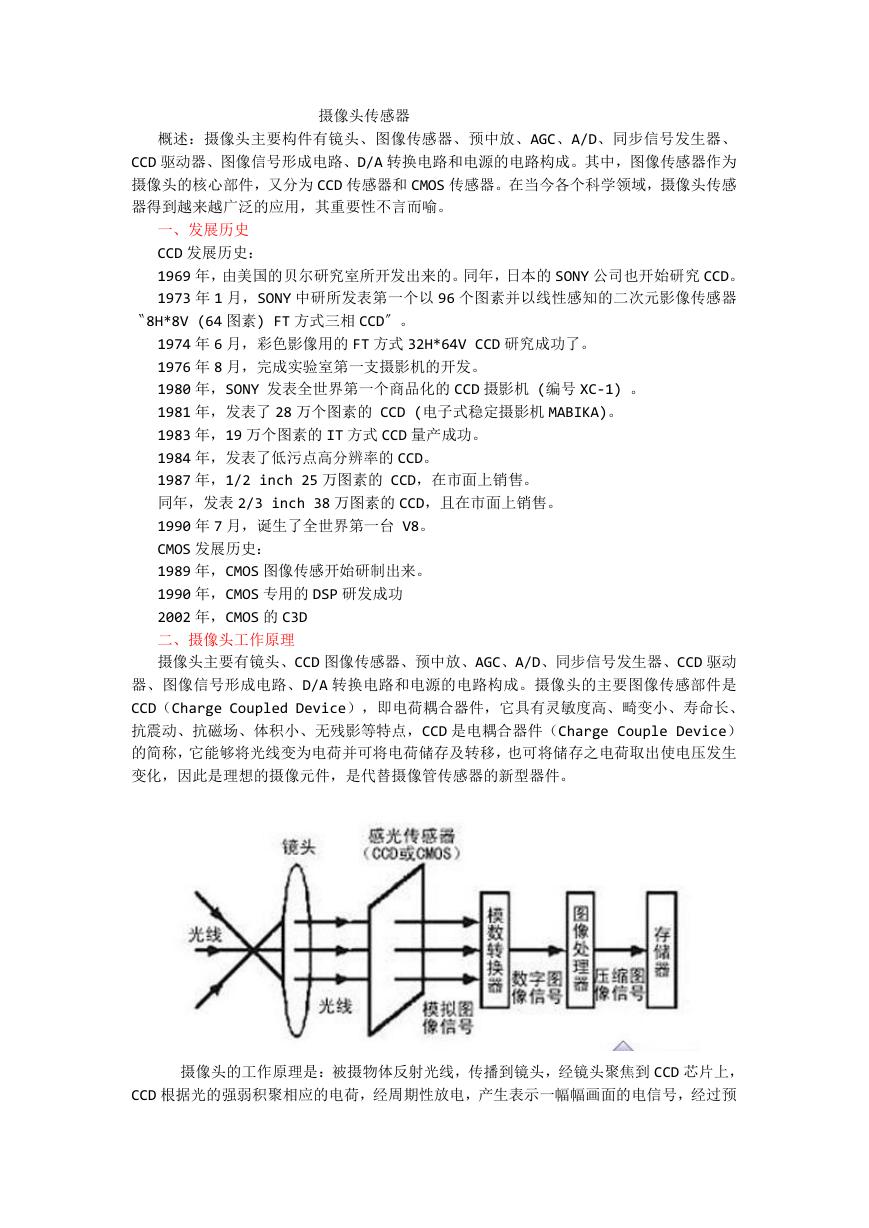 摄像头工作原理.doc
摄像头工作原理.doc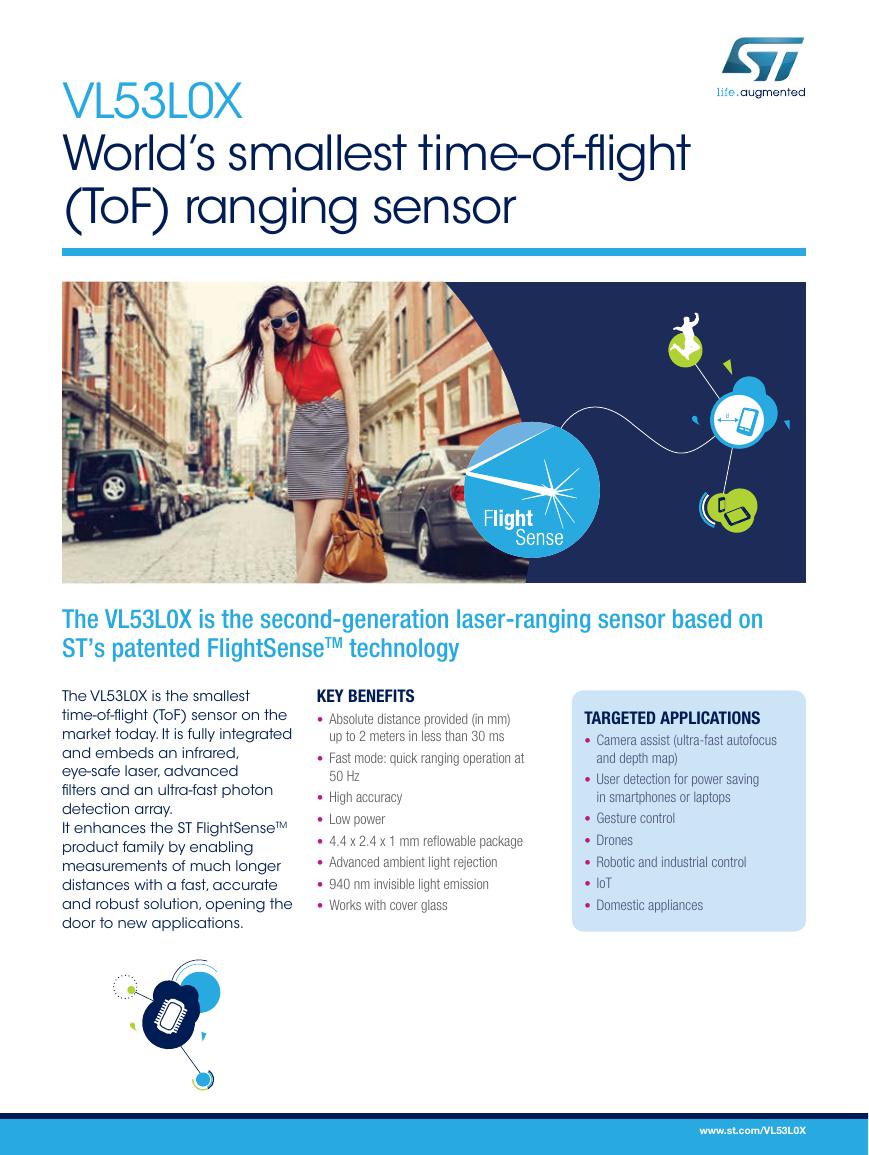 VL53L0X简要说明(En.FLVL53L00216).pdf
VL53L0X简要说明(En.FLVL53L00216).pdf 原理图(DVK720-Schematic).pdf
原理图(DVK720-Schematic).pdf 原理图(Pico-Clock-Green-Schdoc).pdf
原理图(Pico-Clock-Green-Schdoc).pdf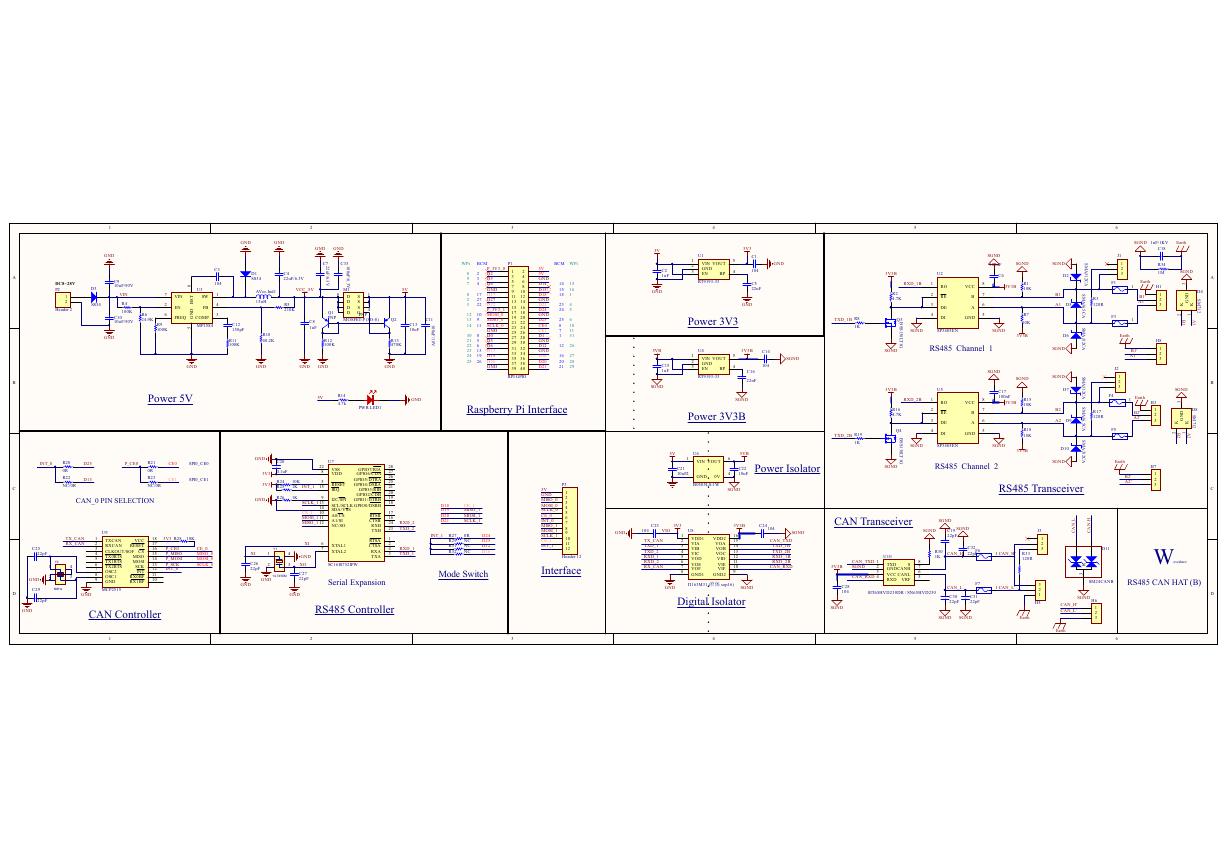 原理图(RS485-CAN-HAT-B-schematic).pdf
原理图(RS485-CAN-HAT-B-schematic).pdf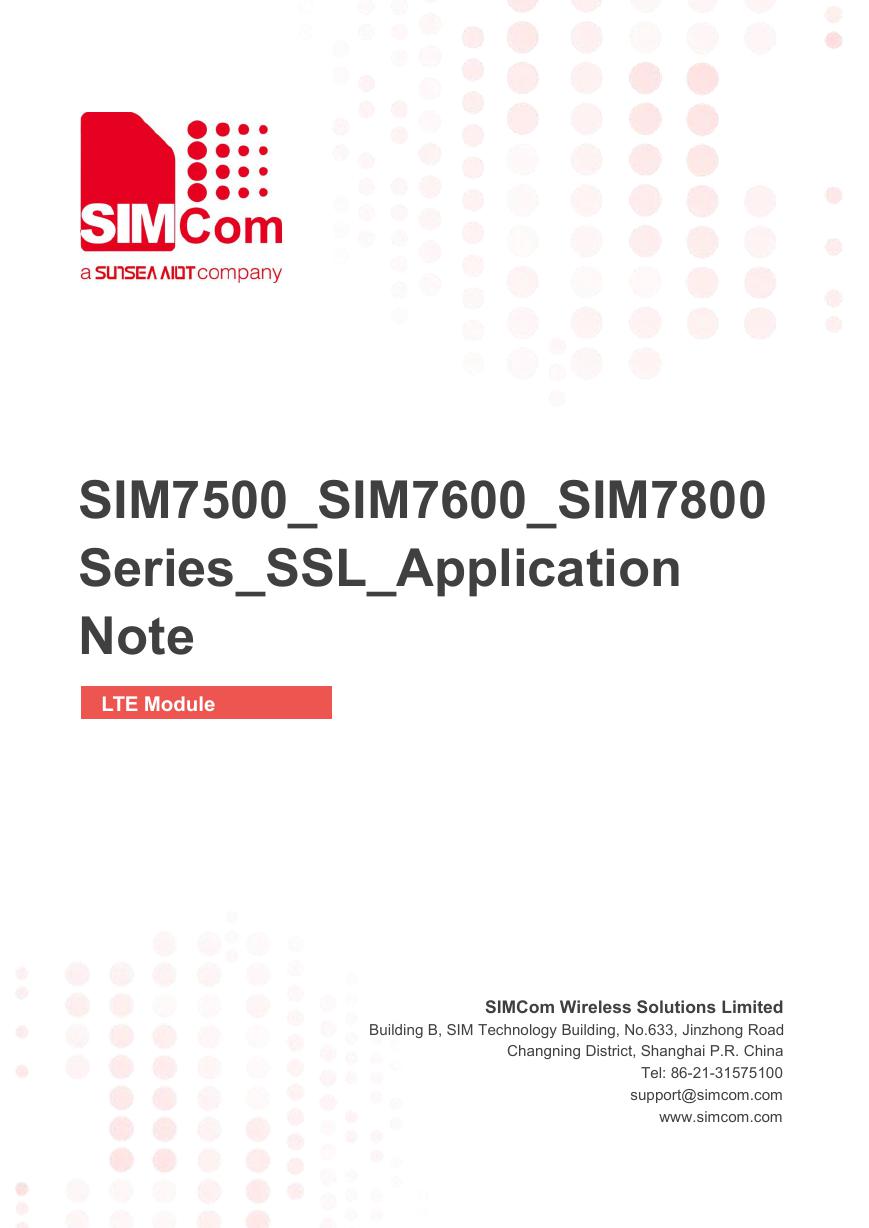 File:SIM7500_SIM7600_SIM7800 Series_SSL_Application Note_V2.00.pdf
File:SIM7500_SIM7600_SIM7800 Series_SSL_Application Note_V2.00.pdf ADS1263(Ads1262).pdf
ADS1263(Ads1262).pdf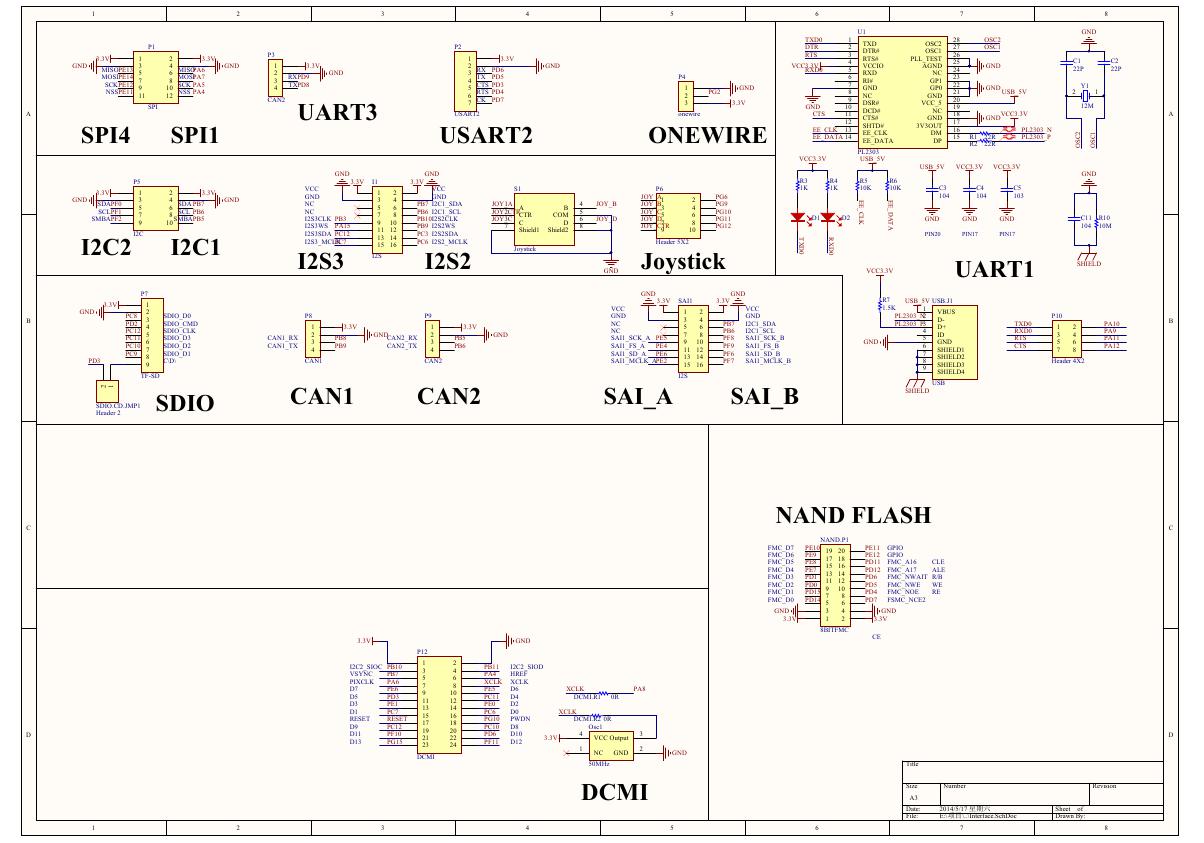 原理图(Open429Z-D-Schematic).pdf
原理图(Open429Z-D-Schematic).pdf 用户手册(Capacitive_Fingerprint_Reader_User_Manual_CN).pdf
用户手册(Capacitive_Fingerprint_Reader_User_Manual_CN).pdf CY7C68013A(英文版)(CY7C68013A).pdf
CY7C68013A(英文版)(CY7C68013A).pdf TechnicalReference_Dem.pdf
TechnicalReference_Dem.pdf